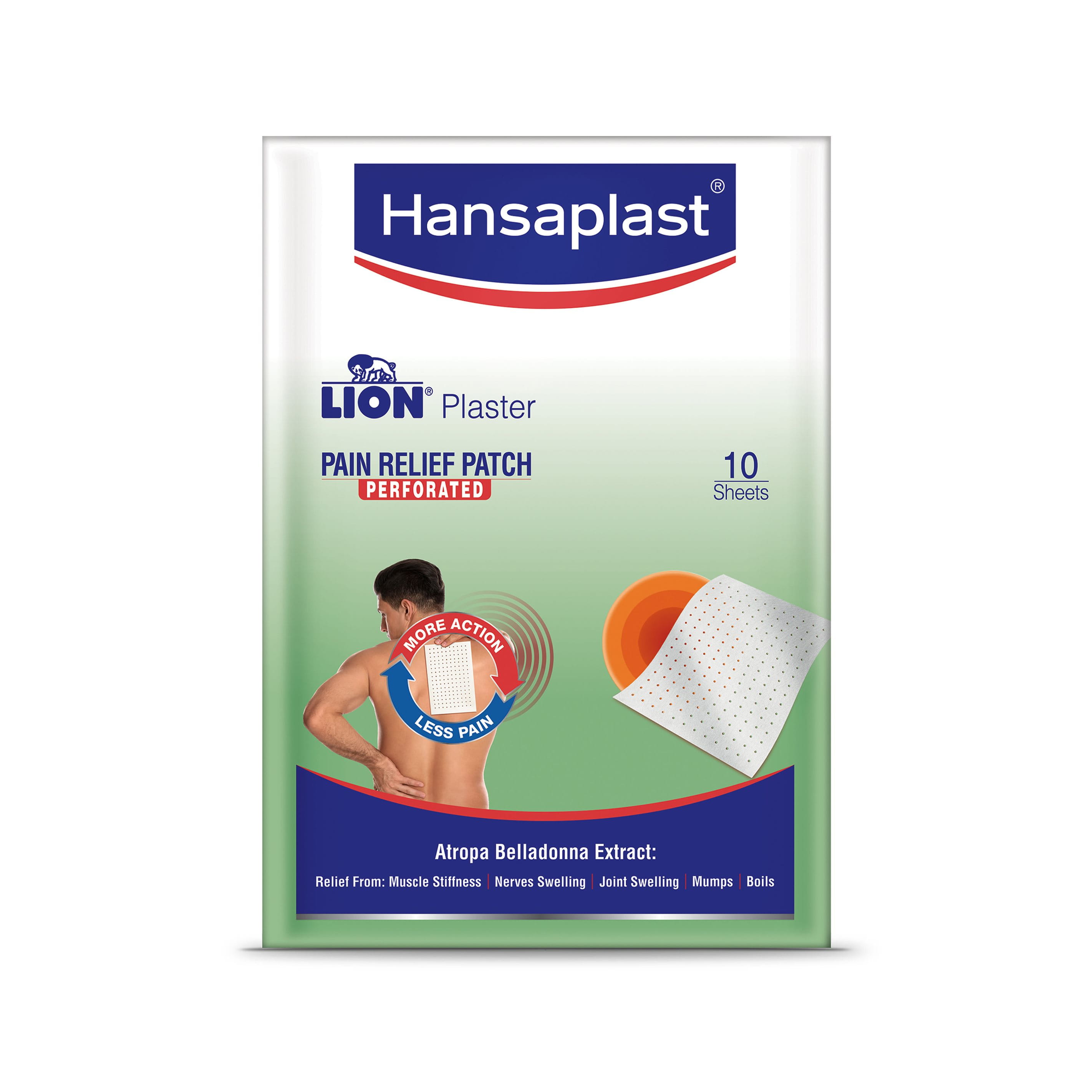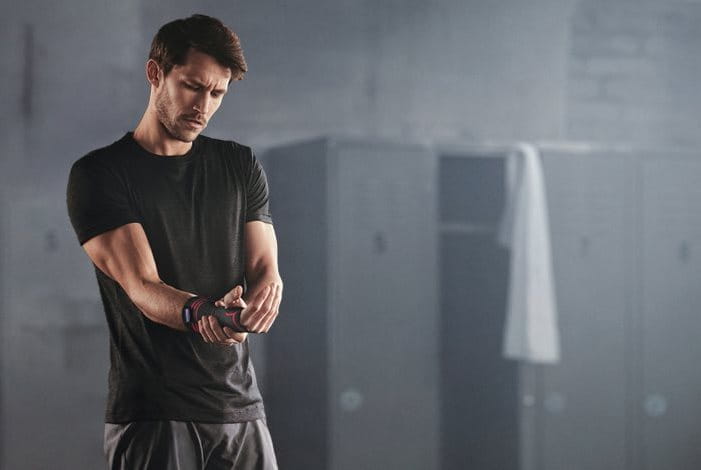Have you ever suffered from an injury or muscle pain that has made your everyday routine feel almost impossible? Most people are familiar with this experience. Whether it’s an injury on their back or neck, knee or an elbow, wrist or ankle. Even small injuries have the power to take us out of commission for a few days. However, more often than not, these minor injuries can be avoided. And even when they occur, they don’t have to turn into long-term hindrances. You just need to know how to treat a sore body properly for optimum recovery time.








